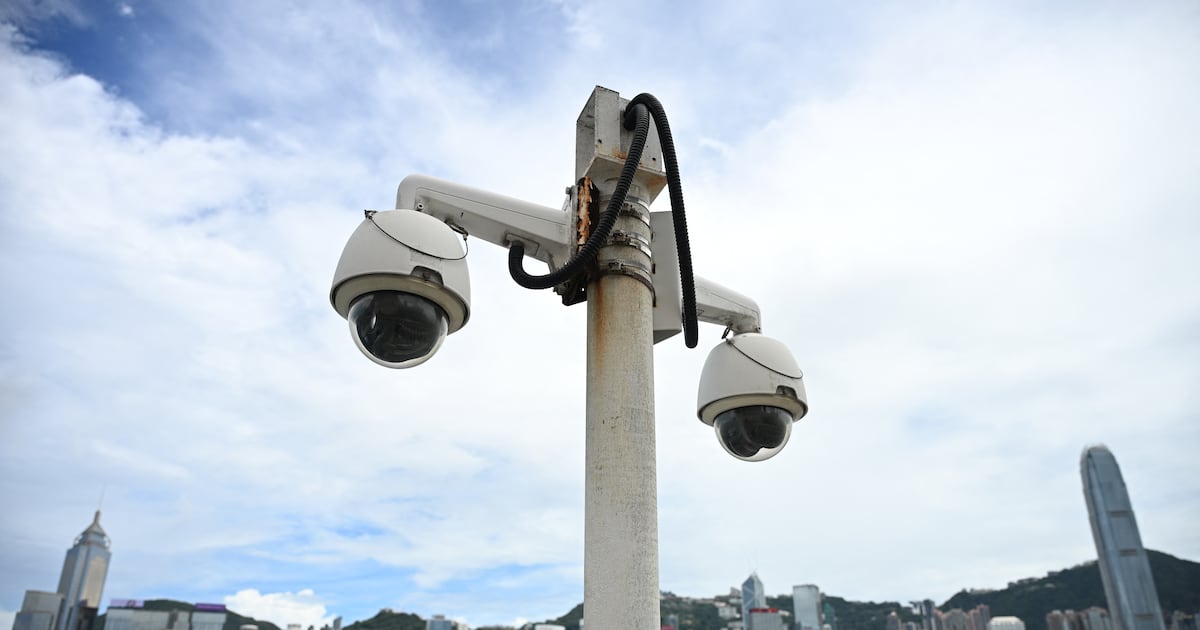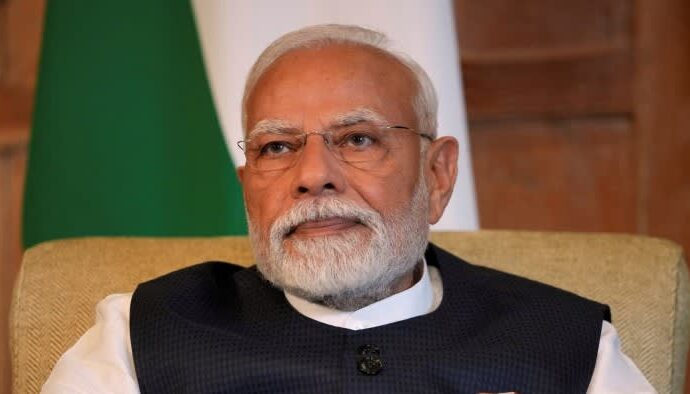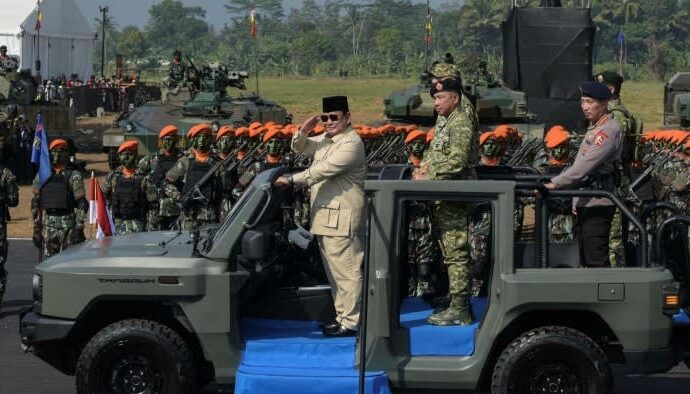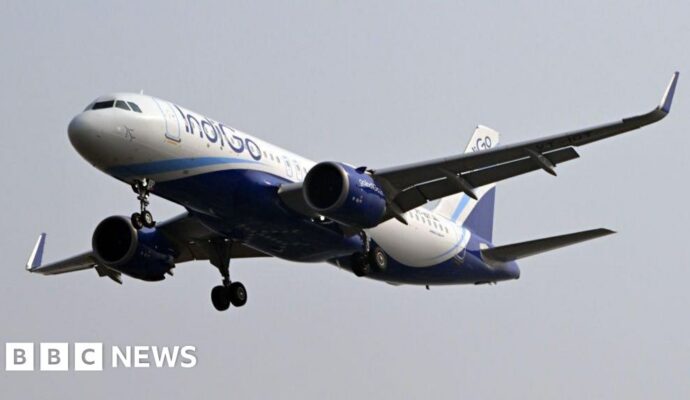
Surveillance in Hong Kong is set to intensify, with tens of thousands of new cameras and AI facial-recognition software deployed in the coming years, the city’s security chief said Friday.
A web of around 4,000 closed-circuit television cameras already scans Hong Kong, part of a police crime-fighting program. And the city already uses artificial intelligence to monitor crowds and read license plates.
Under the city’s new plan, the number of cameras will balloon to 60,000 by 2028, according to documents submitted to the legislature. And AI technology “will naturally be applied to people, such as tracking a criminal suspect,” Hong Kong security chief Chris Tang told lawmakers.
The exact timing of these upgrades is unclear, and Tang said that authorities are still considering issues such as which technology to use and how to allocate resources. The South China Morning Post reported in July that police could begin using real-time facial recognition as early as the end of this year.
Police say the surveillance network has helped to hasten arrests and solve cases. Critics say such networks allow the government to invade privacy and target dissidents — and that false matches can lead to wrongful arrests.
The increase in surveillance mirrors similar efforts in mainland Chinese cities. Areas like the northwest Xinjiang region, home to ethnic Uyghurs, have experienced even tighter surveillance.
Surveillance has been a flashpoint in Hong Kong for years. In 2019, protesters damaged some of the camera-bedecked “smart lampposts” that had been newly installed. In 2023, police said cameras should be installed in classrooms to enhance safety, which critics said would allow the government to monitor the content of teacher instruction and student conversations.
Hong Kong residents’ digital lives are also being more aggressively monitored, according to RFA Mandarin reporting from March.
Includes reporting from Agence France-Presse.


